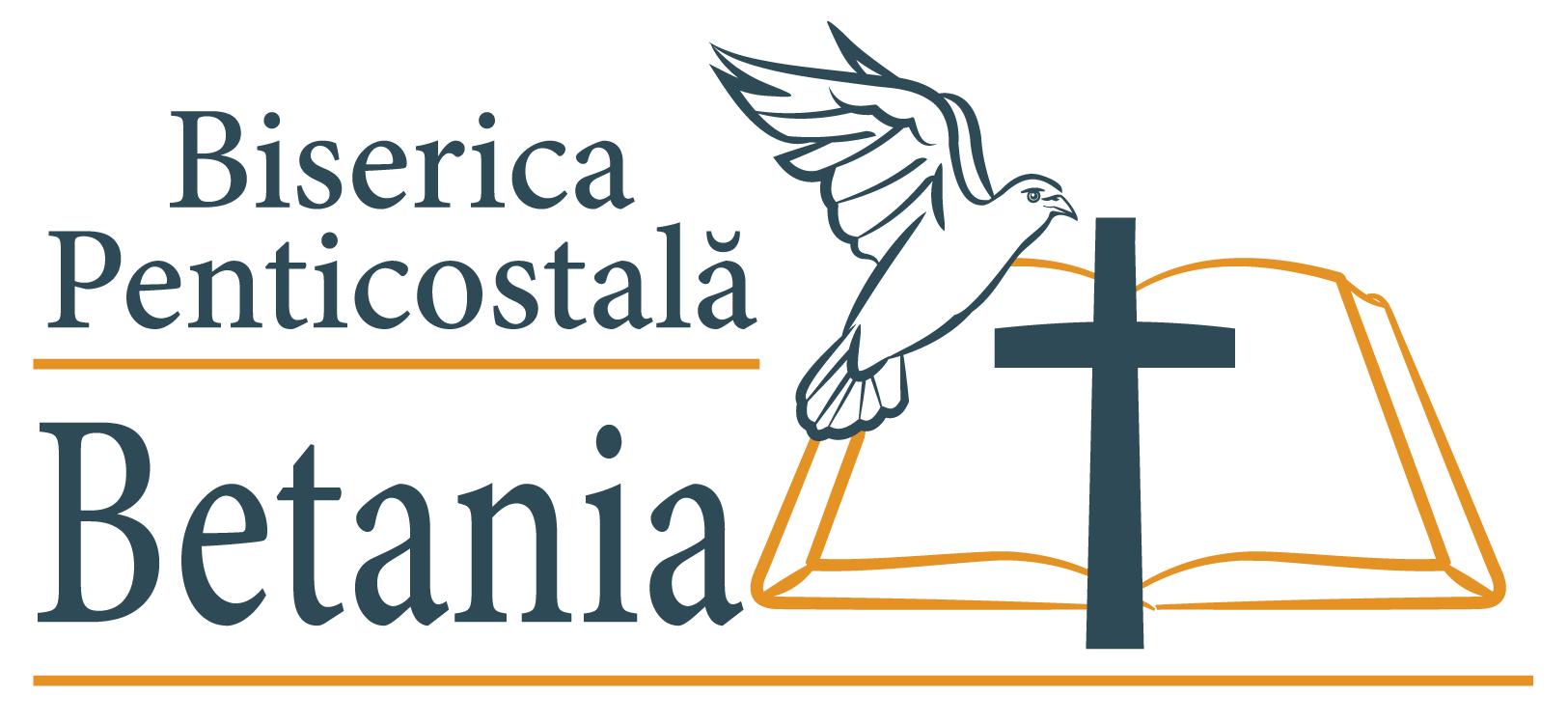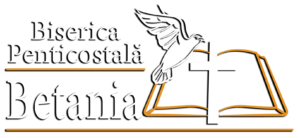18 aprilie
18 aprilie
Marți, 18 aprilie 2023, Leviticul 16:1-34 – Legea Zilei Ispășirii
Autoritatea unică pe care Moise a primit-o de la Dumnezeu se exprimă și prin faptul că Dumnezeu îi vorbea lui Aaron, Marele Preot, prin Moise: ,,Domnul a zis lui Moise: `Vorbește-i fratelui tău, Aaron, și spune-i…” (v. 2). Momentul ales de Dumnezeu este unic: în urma morții celor doi fii ai lui Aaron, Nadab și Abihu, care au fost pedepsiți de Dumnezeu și mistuiți de foc.
Cea mai importantă zi sfântă pentru israeliți era Ziua Ispășirii, numită și Yom Kippur (în limba ebraică kippurim, de la kaphar, înseamnă „a acoperi”). Cuvântul „ispășire” sugerează ideea acoperirii păcatului, achitând o plată echivalentă (adică o „răscumpărare”), astfel încât o compensație corespunzătoare este plătită pentru păcatele comise. Nevoia de ispășire s-a născut din faptul că păcatele lui Israel (Lev.16:30) trebuiau ispășite, altfel s-ar fi expus mâniei lui Dumnezeu.
Totodată, jertfa de ispășire cu ceremonia Țapului pentru Azazel însemna îndepărtarea prin substituire a păcatelor poporului (v. 22), care au fost definite ca fiind ,,necurățiile copiilor lui Israel și toate călcările lor de lege” (v. 16). În felul acesta ei urmau să fie ,,curățiți de toate păcatele” lor (v. 30).
Țapul pentru Azazel este un țap ispășitor și înseamnă cel puțin patru lucruri:
1) Este țapul care evadează, care scapă, care pleacă;
2) Azazel este un nume care se referă la un ,,demon al pustiului”, la Satana, astfel că păcatele erau trimise la sursa de unde au venit;
3) Azazel mai are și sensul de ,,prăpastie stâncoasă” de pe care țapul este împins cu spatele pentru a fi omorât;
4) Ca termen abstract, Țapul pentru Azazel înseamnă ,,distrugere completă”.
Era singura zi din an când Marele Preot intra în Sfânta Sfintelor din Cort și, mai târziu, din Templu. Acolo el aducea sângele animalelor jertfite pentru păcatele lui, pentru păcatele celorlalți leviți și pentru păcatele poporului. Ziua Ispășirii era o zi de adunare sfântă și de post. Cartea Evrei prezintă jertfa de Ziua Ispășirii ca pe o jertfă anuală, însă jertfa adusă de Cristos a fost adusă o dată pentru totdeauna (Evrei 9:11-12).
Cei doi țapi reprezintă ispășirea, împăcarea și curățirea realizată de Hristos:
1) Țapul înjunghiat reprezintă moartea Sa substitutivă pentru păcătoși ca plată pentru păcat (Rom. 3:24-26; Evrei. 9:11-12, 24-26).
2) Țapul de ispășire (Azazel), izgonit în pustie, purtând păcatele poporului, întruchipează jertfa lui Hristos care îndepărtează păcatul și vina tuturor credincioșilor care se căiesc.
Începem rugăciunea de dimineață cu rugăciune prin care mulțumim lui Dumnezeu că L-a trimis pe Cristos să ne justifice în fața justiției lui Dumnezeu. Apoi ne vom ruga Domnului să ne dea înțelepciunea necesară pentru a înțelege cât de incompatibil este păcatul cu natura sfântă a lui Dumnezeu.
Pastor Luigi Mițoi
Tuesday, April 18, 2023: Leviticus 16:1-34 – The Law of Atonement
The unique authority that Moses received from God was expressed through the fact that God spoke to Aaron, the High Priest, through Moses: “The Lord said to Moses, 'Speak to your brother Aaron and say to him…'” (v. 2). The moment God chose was unique: following the deaths of Aaron's two sons, Nadab and Abihu, who were punished by God and consumed by fire.
The most important holy day for the Israelites was the Day of Atonement, also known as Yom Kippur (in Hebrew, kippurim, from kaphar, means “to cover”). The word “atonement” suggests the idea of covering sin by paying an equivalent price (i.e., a “redemption”), so that a corresponding compensation is paid for sins committed. The need for atonement arose from the fact that Israel's sins (Lev. 16:30) had to be atoned for, otherwise they would have exposed themselves to God's wrath.
At the same time, the atonement sacrifice with the ceremony of the scapegoat (the goat for Azazel) meant the removal by substitution of the sins of the people (v. 22), which were defined as “the uncleanness of the children of Israel and all their transgressions in all their sins” (v. 16). In this way, they were to be “cleansed from all their sins” (v. 30).
The scapegoat is a goat of atonement and means at least four things:
1) It is the goat that escapes, that gets away, that leaves
2) Azazel is a name that refers to a “demon of the wilderness,” to Satan, so sins were sent back to the source from which they came
3) Azazel also means “rocky precipice” from which the goat is pushed backward to be killed
4) As an abstract term, the scapegoat means “complete destruction.”
The Day of Atonement was the only day of the year when the High Priest entered the Holy of Holies in the Tabernacle and later in the Temple. There he brought the blood of the animals sacrificed for his own sins, for the sins of the other Levites, and for the sins of the people. The Day of Atonement was a day of holy assembly and fasting. The Book of Hebrews presents the sacrifice of the Day of Atonement as an annual sacrifice, but the sacrifice brought by Christ was brought once for all (Heb. 9:11-12).
The two goats represent the atonement, reconciliation, and cleansing accomplished by Christ:
1) The slain goat represents His substitutionary death for sinners as payment for sin (Rom. 3:24-26; Heb. 9:11-12, 24-26).
2) The scapegoat (Azazel), driven out into the wilderness, bearing the sins of the people, embodies the sacrifice of Christ that removes the sin and guilt of all repentant believers.
We begin our morning with a prayer of thanksgiving to God for sending Christ to justify us before God's justice. Then we will pray to the Lord to give us the wisdom necessary to understand how incompatible sin is with the holy nature of God.

